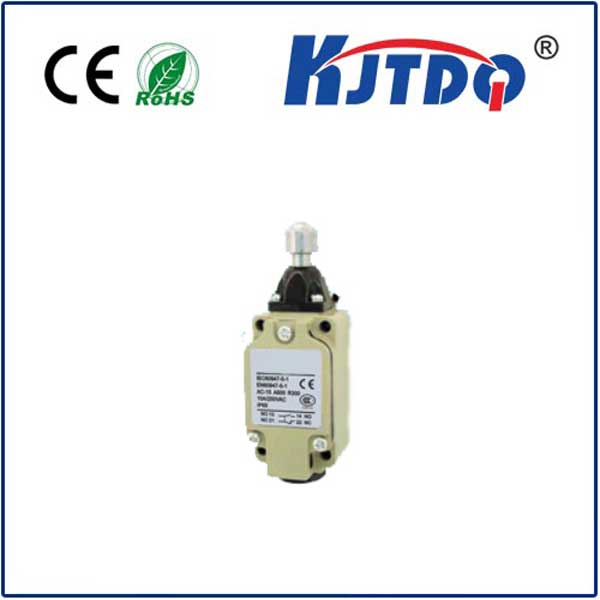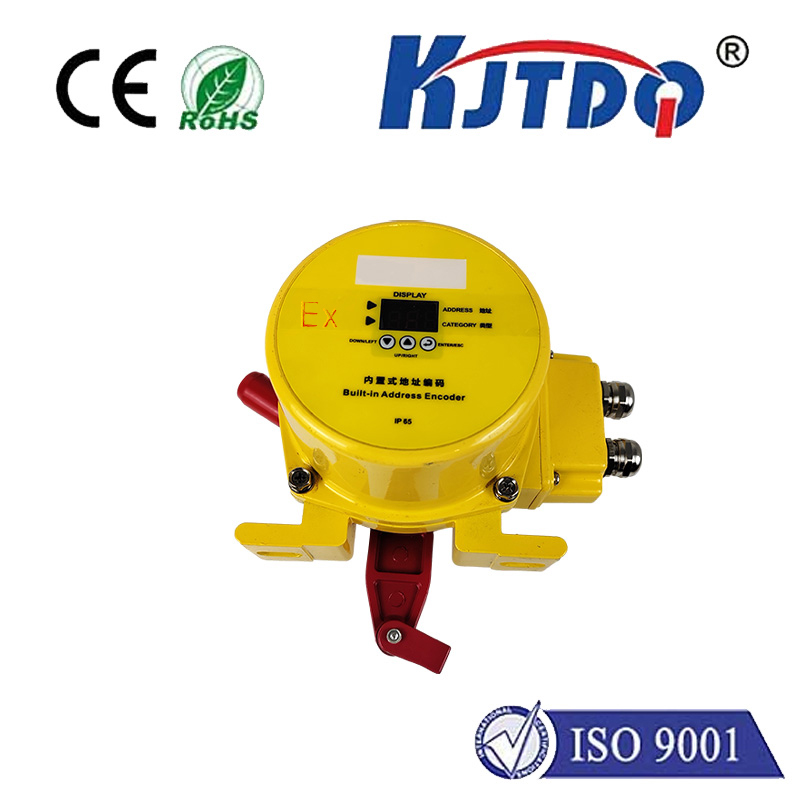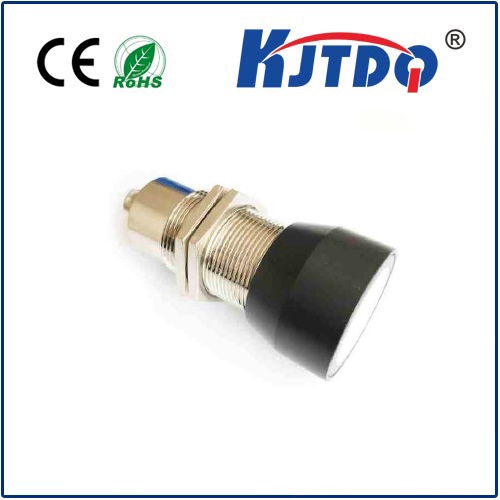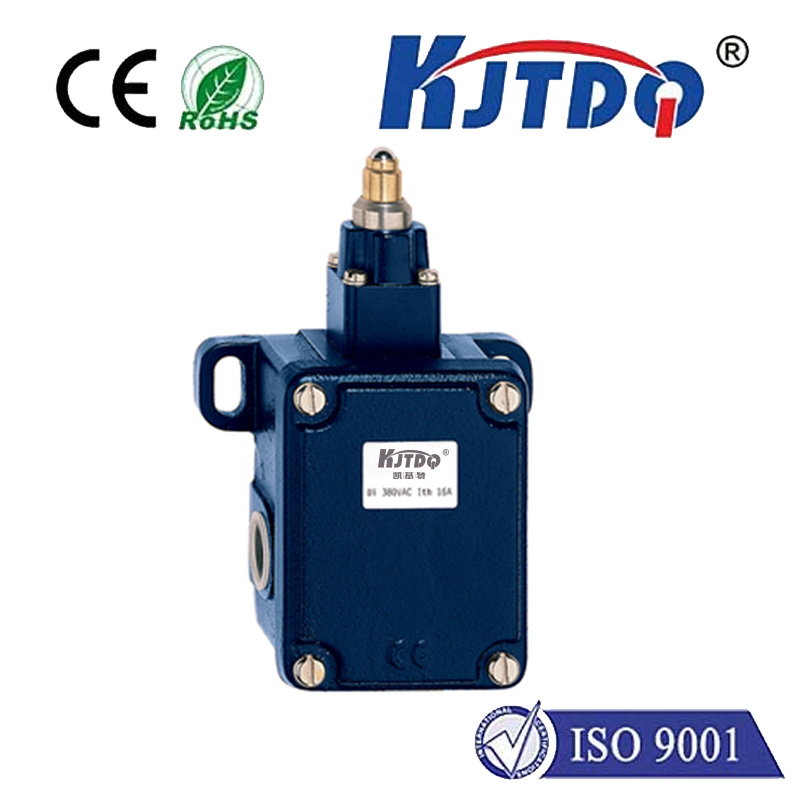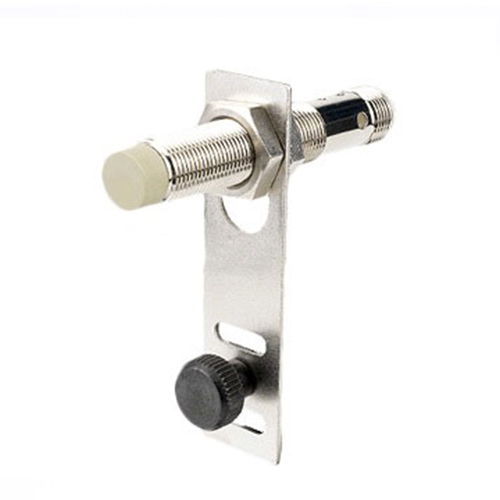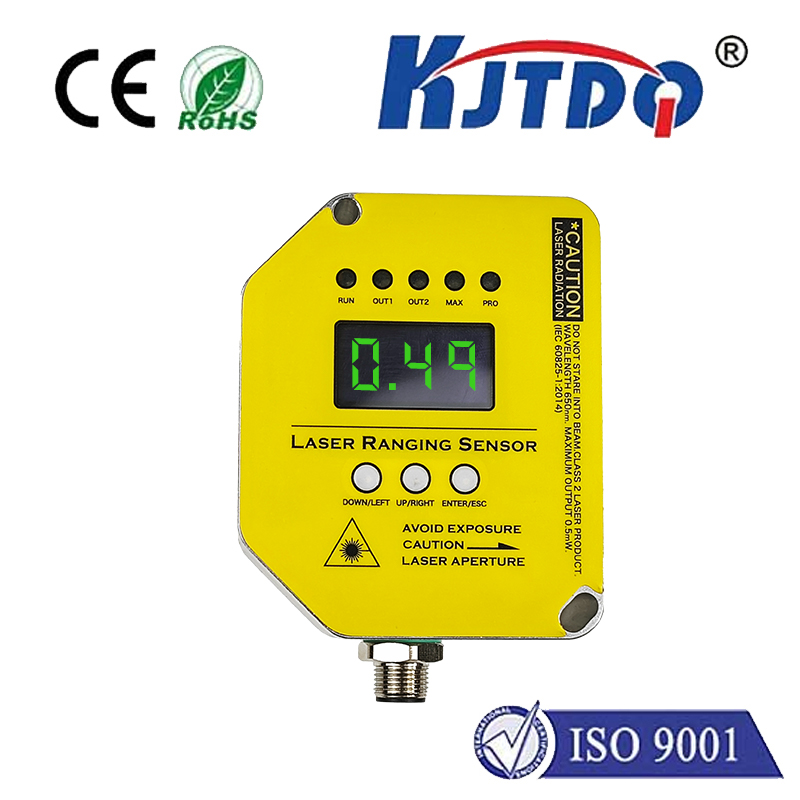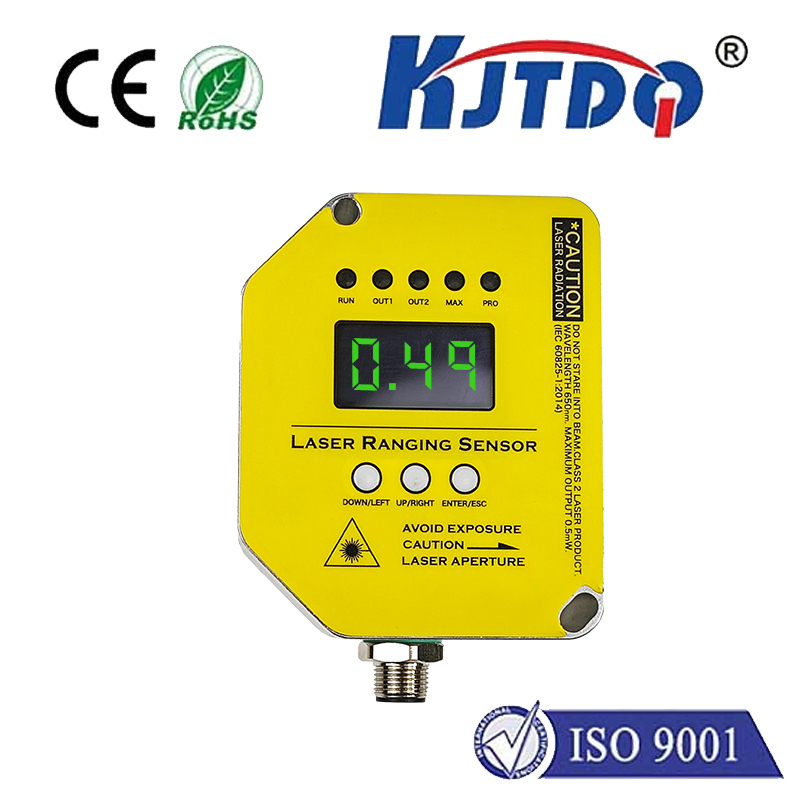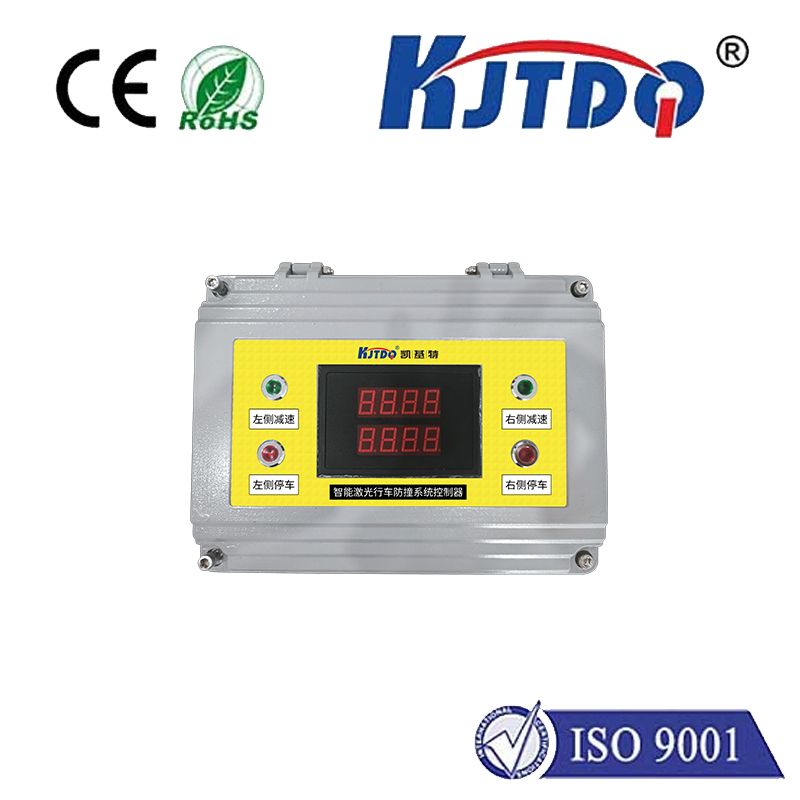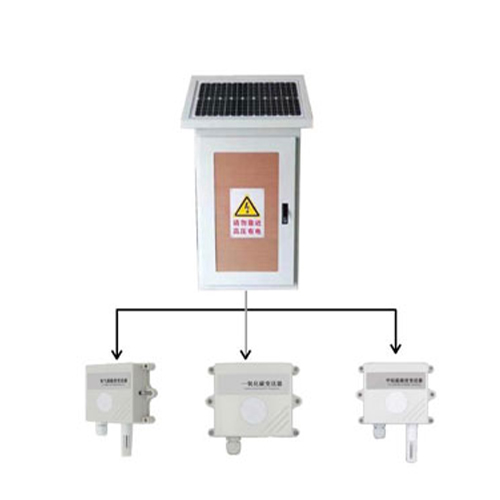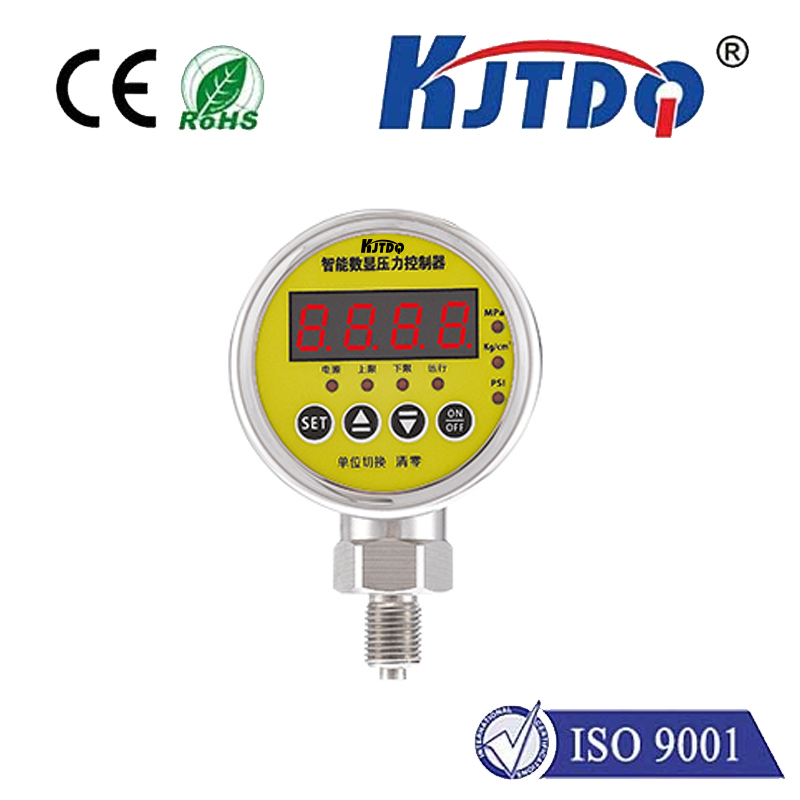

check

check

check

check

check

check

check

check

check

check
Proximity switch sensors are commonly used in the manufacturing industry to help automate production, such as assembly lines and material handling systems. They are used to detect the presence of objects or materials nearby and they are available in different types such as inductive, capacitive and magnetic sensors.
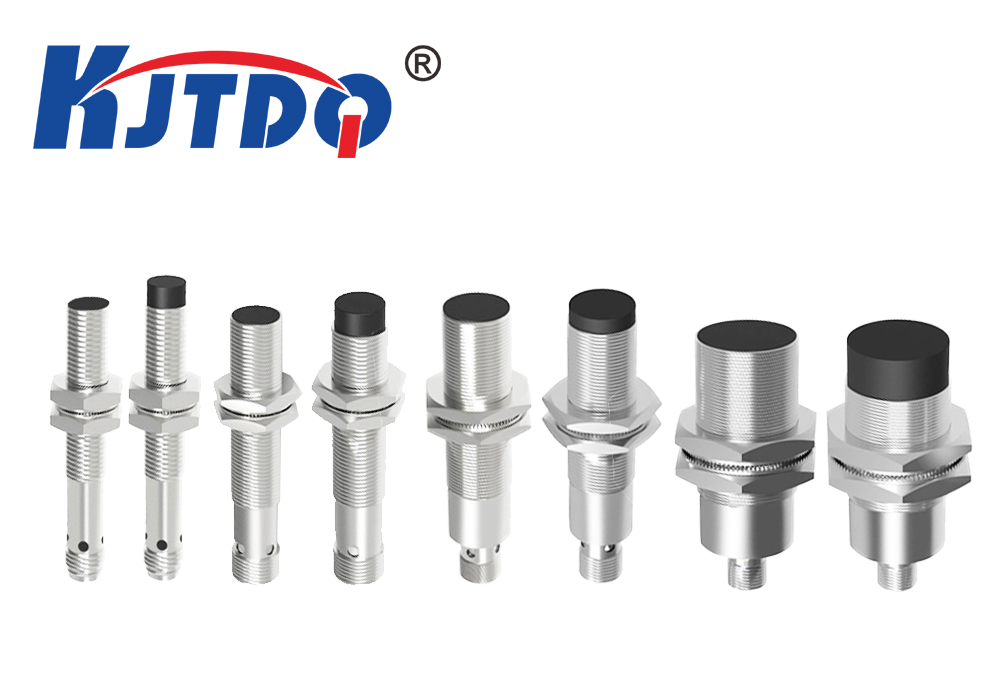
In this article, we will discuss the wiring differences between NPN and PNP proximity switch sensors, the two most commonly used proximity sensor types in industrial environments.
1. What are NPN and PNP proximity sensors?
Before discussing the wiring differences between the two, let us first define NPN and PNP sensors.
NPN and PNP proximity sensors are two types of three-wire DC sensors used to detect the presence or absence of objects or materials. They are named after the type of transistor they use, which determines their electrical properties.
NPN sensors use NPN transistors, while PNP sensors use PNP transistors. The main difference between the two is the polarity of the voltage they require to operate. NPN sensors require positive voltage to operate, while PNP sensors require negative voltage.
Two: Wiring differences between NPN and PNP sensors:
The wiring differences between NPN and PNP sensors depend on the type of input/output circuit to which they are connected. The differences are as follows:
1. Input circuit
NPN sensors have an open collector output and the output transistor acts as a switch, connecting the output to ground when activated - the input circuit must provide a positive voltage to activate the sensor.
PNP sensors, on the other hand, have a source output and the output transistor acts as a switch, connecting the output to the positive supply voltage when activated - the input circuit must provide a negative voltage to activate the sensor.
2. Output circuit
The output circuits of NPN and PNP sensors are also different, as follows:
NPN sensors are typically connected to a drain output circuit with a load connected between the positive voltage supply and the sensor output.
PNP sensors are usually connected to the source output circuit, with the load connected between the sensor's output and ground.
3. Advantages and disadvantages of NPN and PNP sensors
NPN advantages:
- They are cheaper than PNP sensors and have high cost performance;
- They are compatible with a wider range of input/output circuits;
- They are more commonly used in industrial settings.
NPN disadvantages:
- They require an external pull-up resistor to function properly;
- Their output voltage is limited;
- They cannot switch high loads.
Advantages of PNP:
- They do not require external pull-up resistors to function properly;
- They have higher output voltage;
- They can switch high loads.
Disadvantages of PNP:
- They are more expensive than NPN sensors;
- They have compatibility issues with certain input/output circuits;
- They are less commonly used in industrial settings.
in conclusion:
The wiring differences between NPN and PNP proximity switch sensors depend on the type of input/output circuit to which they are connected. NPN sensors have open collector outputs and require positive voltage to operate, while PNP sensors have current-sourcing outputs and require negative voltages to operate.
